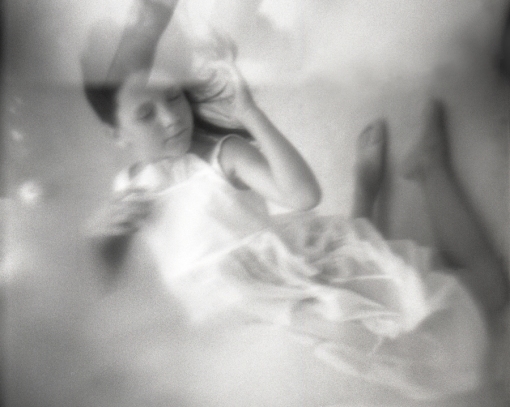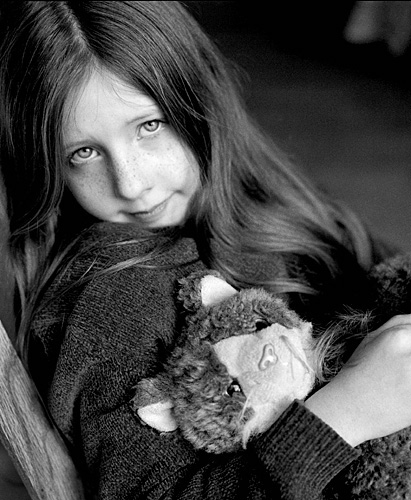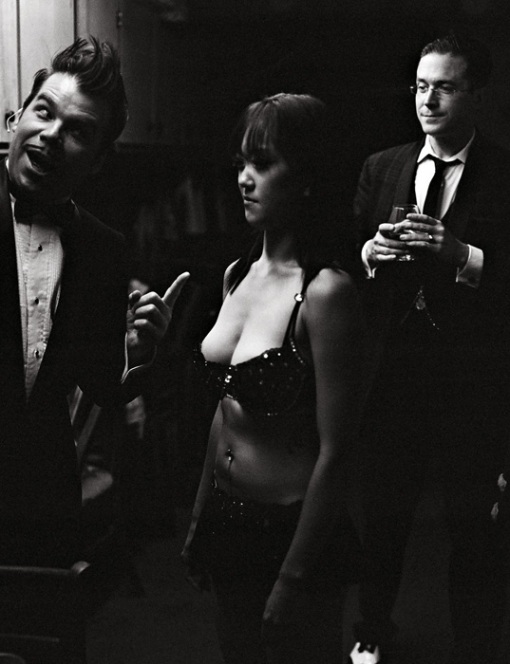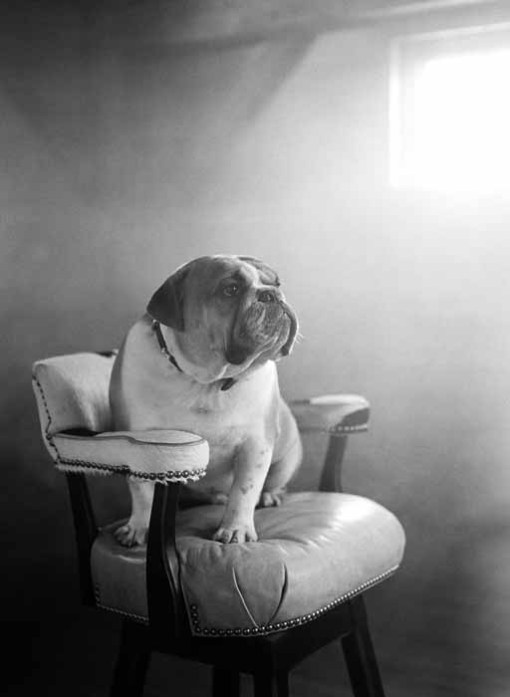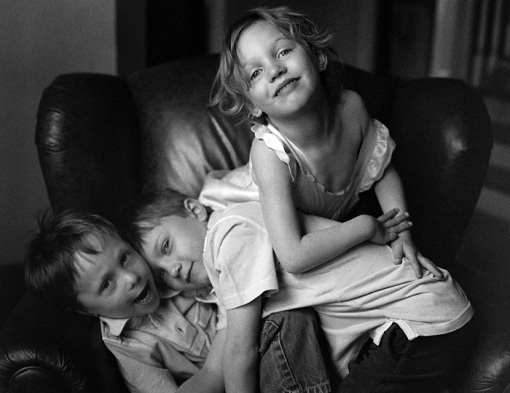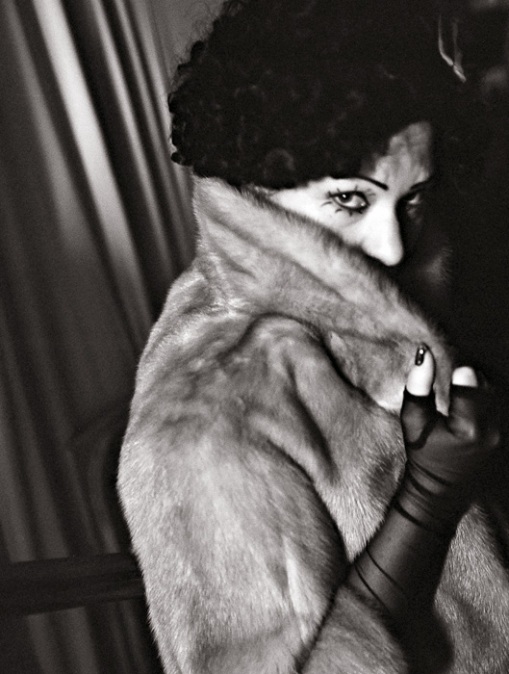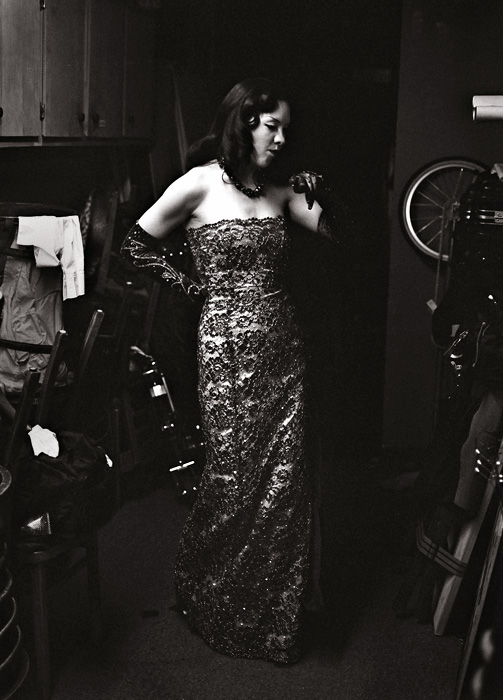(Cross posted from my other blog.)
Remember the Ashlee Simpson Saturday Night Live debacle? No? Let me refresh your memory: http://www.youtube.com/watch?v=5RrLAgi_mBY
Ashlee Simpson got busted for lip syncing on live TV. It’s not like we, the public, didn’t know it was common in the industry. But we like our pop stars perfect. Perfect hair, perfect bodies, perfect pitch, perfect behavior. Of course, the perfect hair is weaves and extensions, the perfect bodies are courtesy of a liposuction-starvation-cigarette-spray tan-breast implant-personal trainer cocktail, the perfect pitch is due to autotune, and the perfect behavior? Well, as long as they look good doing it, we’re pretty OK with it; at least we seem to be OK with it, since we keep watching, listening, and buying the music.
The irony is that we love to moan about how vapid the pop music industry is. We complain – while we try to look like them, sing along with them in the car, and (don’t lie) even have our moments of envy.
Back to Ashlee. (Or substitute Milli Vanilli if you’d prefer. Same idea, different generation.) We knew she was largely a manufactured product, and yet it was the talk of the town when she was exposed. The problem is, we too often value perceived perfection over character, raw talent, and a strong work ethic. We want glamour and glitter and glitz.
What does this have to do with photography? Everything.
Every time I read about a photography industry “rock star” I laugh to myself. Because it’s so damn accurate. Rock stars in the current music industry do not necessarily have to be musically gifted or unique. They simply have to look good, be willing to turn themselves into whatever sells, pay people who do have talent to provide the material, and not be ethically opposed to the occasional lying, cheating, and stealing to preserve their façade.
Sound familiar? Sure does. Ouch.
(Now, before I proceed, let me clarify that I’m not asserting that all well-known photographers are ”bad.” Not at all. There are some, although not many and not enough, who shoot good, honest work and are true to themselves, and have gained a following accordingly. Those are not the ones I’m addressing here. Read on.)
Unless you’ve had your head in the sand, you probably know what I’m alluding to here. Yes, those two photographers who were caught plagiarizing, but also so many others. We want our “rock star” photographers perfect. Talented, preferably attractive, well-spoken, entertaining, humble, and constantly churning out pretty pictures that look exactly like what we expect. We eat it up. We expect it. We know that nobody is perfect, but we still want to believe that they are. When those “rock stars” are caught doing something wrong, we are either shocked by it, or we choose to dismiss it. We simply must have someone to idolize, and we reward the appearance of perfection in our idols. We fall for the PR and marketing ploys hook, line, and sinker, because we want to. Was that meatloaf claim really modesty, or is it a PR move to increase likeability? (Wink, wink to those who got that reference.)
Here are the inevitable results of the “rock star” culture we’ve cultivated in our industry.
– The “rock stars” will do whatever it takes to keep our attention and maintain the illusion. That can certainly include plagiarism, stealing images, usurping materials, and playing on our sympathies when they get caught. They are not entirely to blame; they are simply filling a role that we created for them, by any means necessary.
– The “rock stars” will not risk losing their status through risk taking and vulnerability. They put out only the best of the best of their work, and only the work that they know will appeal to the masses. They don’t take many real chances. They rarely grow in any meaningful way. What you see now will always be what you get. And that creates an environment, an industry mind set, that says, “This is what good photography is supposed to look like.” And so, by emulating those “rock stars” we convince ourselves that our images must fit that standard. If they don’t, we consider them weird and less valuable. This is how we’ve turned our industry into vanilla pudding. The homogenization of art.
– We’re overlooking some pretty amazing talent out there who choose not to play the game. Photographers whose work is deep, unique, emotive, groundbreaking, challenging, difficult to view and demanding to understand, work that requires actual thought. And we, as a whole, have forgotten to appreciate the work of the trailblazers who came before us. We bemoan the fact that our teenagers know every word Beyonce or Taylor ever sang, but have never heard of Ella Fitzgerald; meanwhile, nearly every photographer I work with knows who Jasmine Starr is, and few have ever heard of Imogen Cunningham. (Apologies, but I simply refuse to use that trite marketing-gimmick abbreviated notation of Jasmine Starr’s name. It would be like dubbing myself C-Nic.) It’s just much easier to look at the slickly marketed photographer-du-jour who has managed to get himself/herself plastered all over the Internet, than to actually seek out the photographers who are more concerned with their art than their Google ranking.
I so want to see us take our industry, our art form, back. What does that mean, and how do we do that? Here are some thoughts to consider, as a starting point.
Stop idolizing and learn how to draw inspiration instead. That means not trying to make your work look like so-and-so’s, and to focus on figuring out how to express yourself. Learn to look critically at a body of work and understand the “how” and “why” instead of setting out to duplicate it. It requires effort, and the effort is also the reward.
Seek out photographers whose work is way off the beaten path. Just because you’re a child portrait photographer does not mean that you should only draw inspiration from other child portrait photographers. Look at landscapes, at still life, at journalism. Explore Eastern European photographers, Asian photographers, anything that is outside of your immediate realm. Look at color, at black and white. Study alternative processes and conceptual work. While you’re at it, look at movies, sculpture, paintings, any visual art. When you find work you strongly dislike, take the time to figure out why. When you find something interesting and challenging, share it. Learn from it. The world of photography is so much bigger than Facebook, or that forum, or your blog circle.
I want us to start challenging the norm and start taking some risks. If I had a dollar for every photographer I’ve critiqued whose website is full of “vanilla pudding” images because the deeply effective, vulnerable, rule-breaking images they really love might not get as many thumbs on Facebook, I would be one rich woman. And that leads me to:
We must stop being so thin-skinned that we cannot handle it when everybody doesn’t applaud our work. We have got to start creating according to our own artistic eye, instead of for the masses. I’ve said it for years: I’d rather have 100 people who deeply appreciate my work, than 10,000 who think it’s “pretty.” Stand behind your work. Be open to critique, but apply it as it makes sense to do so, to tell your story in your own voice. You cannot bend to fit every trend and every opinion; trying to do so will mean that you will lose yourself in the process.
Please stop spending money on things just because everyone else is buying them, or because That Photographer uses one. If you’re going to spend money on a lens, a prop, a workshop, know why you’re doing it, why you need it, and what you will get out of it. Don’t throw money at a “rock star’s” workshop unless you specifically need to know the information that person is teaching. Trust me, if they have nothing groundbreaking to say, their mere physical presence is not going to make you a better photographer.
And please slow down. Rome wasn’t built in a day. You will not be an educated, experienced, confident, unique photographer overnight. It takes blood, sweat, and tears. Buying the action that makes your work look like That Photographer’s is not the answer, it’s just masking the problem. You do not need to be in business just because you’ve been shooting for a year and people like your pictures. It is not a race, and there are no shortcuts. Anybody that tells you otherwise is probably putting you on their mailing list for their magical workshop right now.
Once you’ve figured out who you are as a photographer, gain your fans and followers through honest, unique work. As tempting as it is, resist the urge to “vanilla pudding” your way into mass approval. Be willing to work happily in near obscurity. You do not need to be idolized to have a client base who appreciates your work and allows you to be your own creative, imperfect self.
And as tempting as it is, don’t make excuses for the “rock stars” when they’re caught being dishonest. If you wouldn’t accept it from your child, don’t accept it from a photographer. You’d discipline your child for copying another student’s test paper, wouldn’t you? Everyone makes mistakes and I’m a huge believer in second chances, having been the recipient of more than a few of them myself; that is entirely different than excusing the behavior and defending illegal or unethical actions. Being popular is not a good reason to not be held accountable.
When you do find the photographers out there who are creating strong, unique, effective, honest work, learn from them – but do not idolize or imitate them. It is not about finding a photographer who you want to be when you grow up. It’s about learning the lessons that photographer learned, and applying them to your unique growth and path. And learn from as many of them as you possibly can. If you take all of your knowledge from a single person, you will inevitably wind up looking like a knock-off.
At the end of the day, this industry simply doesn’t need rock stars. It needs role models, and people who know how to both teach and learn. We should all aim to do more of both.
